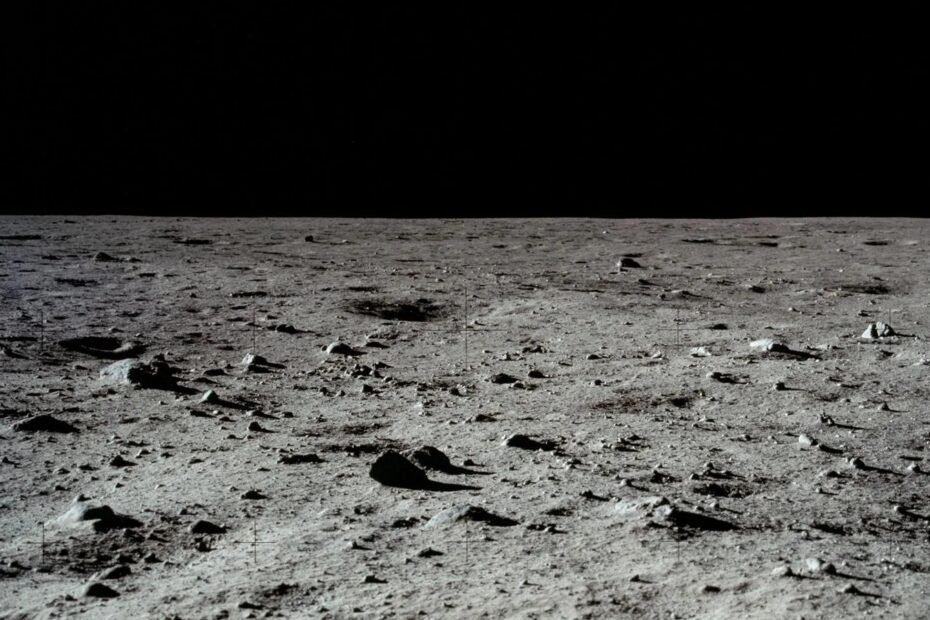NASA
NASA Just Picked the Camera for Its Return to the Moon
One small snap for Nikon.
·
On July 20, 1969, just a moment after stepping off the Eagle onto the lunar surface for the very first time in history, Neil Armstrong turned around and took a photo. The camera? A modified Hasselblad Data Camera (HDC), fitted with a Zeiss Biogon 60mm ƒ/5.6 lens, affixed to his chest.
Half a century later, humans are heading back to the moon, but they won’t be holding Hasselblads. Instead, the astronauts partaking in Artemis III (the first manned mission to the moon since the 1970s) will be equipped with the Nikon Z9 — one of most technically ambitious digital cameras on the market and one chosen by NASA, in part, for its proficiency in low-light environments.
A true beast, the Nikon Z9 is one of the most technically advanced cameras ever built.Nikon
Naturally, any moon-bound Z9s will be heavily modified for space travel. Nikon and NASA will adjust the internal circuitry to prevent damage from cosmic radiation, reports Digital Photography Review. The NASA-approved Z9 will also carry a custom grip to make it easier for astronauts to handle with gloves.
There’s still no official launch date for Artemis III, but NASA says it won’t happen until late 2026 … at the earliest. When the mission’s Space Launch System rocket eventually does take off from Cape Canaveral, Florida, the Nikons on board will be on their way to becoming the first mirrorless handheld cameras ever used on the lunar surface.
Until then, learn more about the partnership between Nikon and NASA on Digital Photography Review, where you can also read a deep-dive review of the Nikon Z9, which the team dubbed “perhaps the most complete camera we’ve ever used” upon its release in 2019.
